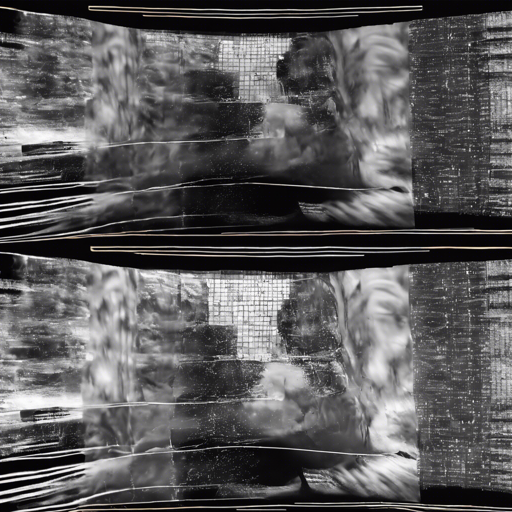Have you ever come across black-and-white videos and wondered how they could be transformed into vibrant masterpieces? With the Deep Exemplar-based Video Colorization implemented in PyTorch, you can unlock the full spectrum of colors from your old footage! This guide will walk you through the setup and execution of this powerful video colorization technique.
Prerequisites
- Python 3.6+
- Nvidia GPU + CUDA, CuDNN
Installation
To kick-start the colorization process, you’ll need to prepare your environment. Follow these commands step-by-step:
conda create -n ColorVid python=3.6
source activate ColorVid
pip install -r requirements.txtNext, download the pretrained models from this link, unzip the file, and place the relevant files in the corresponding folders:
- video_moredata_l1 under the checkpoints folder
- vgg19_conv.pth and vgg19_gray.pth under the data folder
Data Preparation
Before you can colorize your very own video, you need to extract its frames and have a reference image ready to guide the coloring process. Here’s how you can prepare your data:
- Place your video frames into a folder, e.g., .sample_videos/v32_180.
- Store your reference images in another folder, e.g., .sample_videos/v32.
If you prefer to automatically retrieve color images, consider using the retrieval algorithm from this link which fetches similar images from the ImageNet dataset, or try your own image database at this link.
Testing the Model
Once you’ve prepared your data, you can run the colorization test using the command line:
python test.py --image-size [image-size]
--clip_path [path-to-video-frames]
--ref_path [path-to-reference]
--output_path [path-to-output]For instance, to colorize a sample legacy video, you can execute:
python test.py --clip_path .sample_videos/clips/v32
--ref_path .sample_videos/ref/v32
--output_path .sample_videos/outputKeep in mind that we typically use images sized at 216×384 during training, proportional to a 1:2 aspect ratio. The input should be scaled accordingly before inference.
Training Your Own Model
If you’re interested in training the model with your own data, start by running:
python train.py --data_root [root of video samples]
--data_root_imagenet [root of image samples]
--gpu_ids [gpu ids]Due to copyright restrictions, we do not provide the complete video dataset but refer to the repository for retrieving semantically similar images from ImageNet.
Visual Comparison with State-of-the-Arts

For further visual results of video colorization, check our Youtube demo.
Troubleshooting
If you encounter issues during installation or execution, consider the following troubleshooting tips:
- Ensure that your GPU drivers are correctly installed and compatible with CUDA.
- Verify that all necessary packages are installed as per the
requirements.txtfile. - Double-check the paths used in your commands to make sure they point to the correct directories.
- If errors persist, consult the official GitHub issues page for potential solutions.
For more insights, updates, or to collaborate on AI development projects, stay connected with fxis.ai.
Conclusion
At fxis.ai, we believe that such advancements are crucial for the future of AI, as they enable more comprehensive and effective solutions. Our team is continually exploring new methodologies to push the envelope in artificial intelligence, ensuring that our clients benefit from the latest technological innovations.

